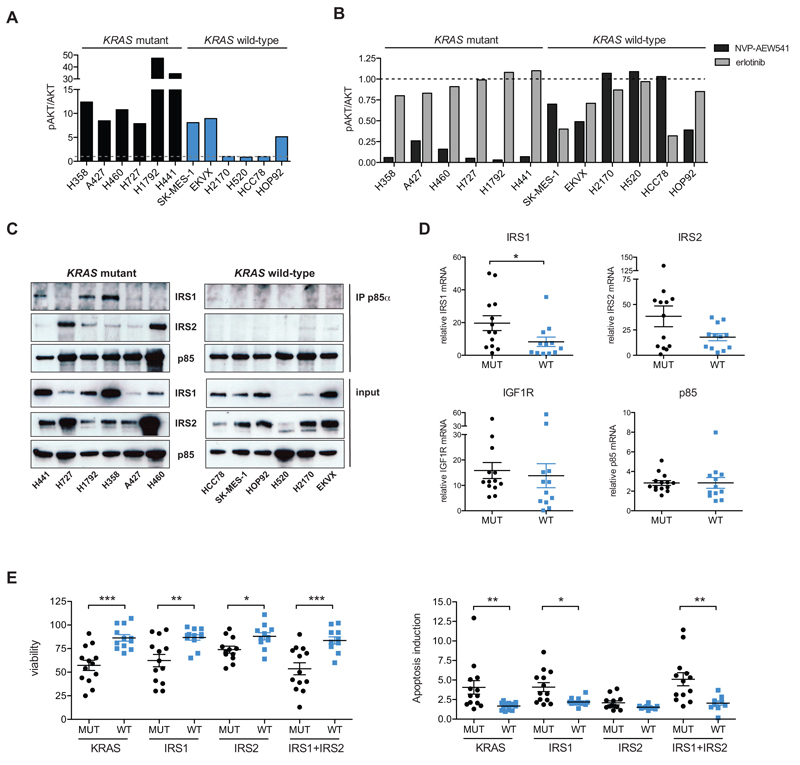Figure 4. KRAS mutant NSCLC cell lines exhibit dependence upon the IGF1R pathway.
(A) Six KRAS mutant and six KRAS wild-type NSCLC cell lines were deprived of serum for 24 h and induction of phospho-/total AKT was determined following a 30 min stimulation with 20 ng/ml IGF1. For western blots see Supplementary Figure S8A.
(B) NSCLC cell lines were treated for 4 h with either 1 μM NVP-AEW541 or 1 μM erlotinib and the levels of phospho-/total AKT were measured. For western blots see Supplementary Figure S8B.
(C) Cell extracts from NSCLC cell lines growing at steady state were immunoprecipitated with anti-p85α antibody. Immunoprecipitates and whole cell lysates were analysed by immunoblot using IRS1 and IRS2 antibodies.
(D) IRS1, IRS2, IGF1R and p85α mRNA levels in the panel of twenty-five NSCLC cell lines were analysed by quantitative PCR. 18S RNA was used as endogenous control.
(E) Twenty-five NSCLC cell lines were transfected with KRAS, IRS1, IRS2, IRS1+IRS2 or control siRNAs. Relative cell viability and apoptosis-induction were measured 96 h after transfection.

